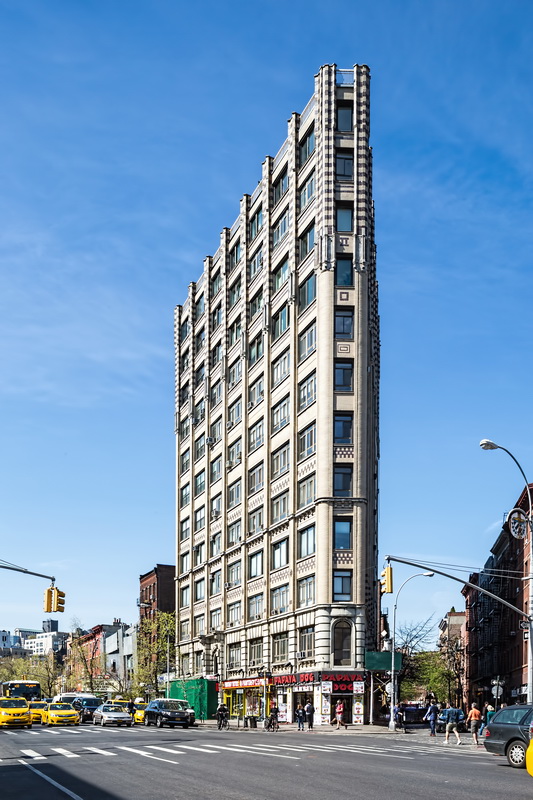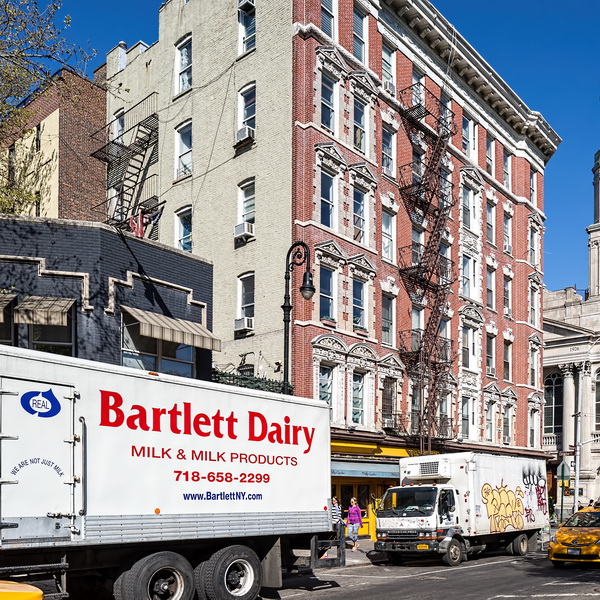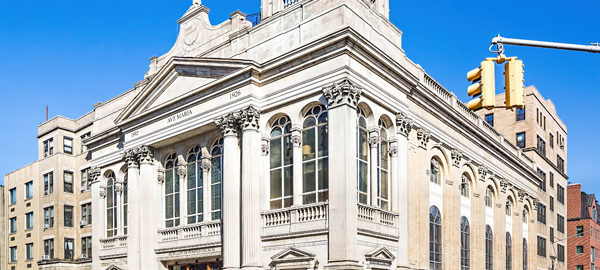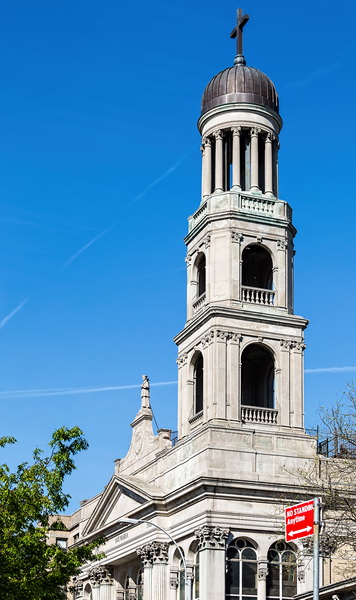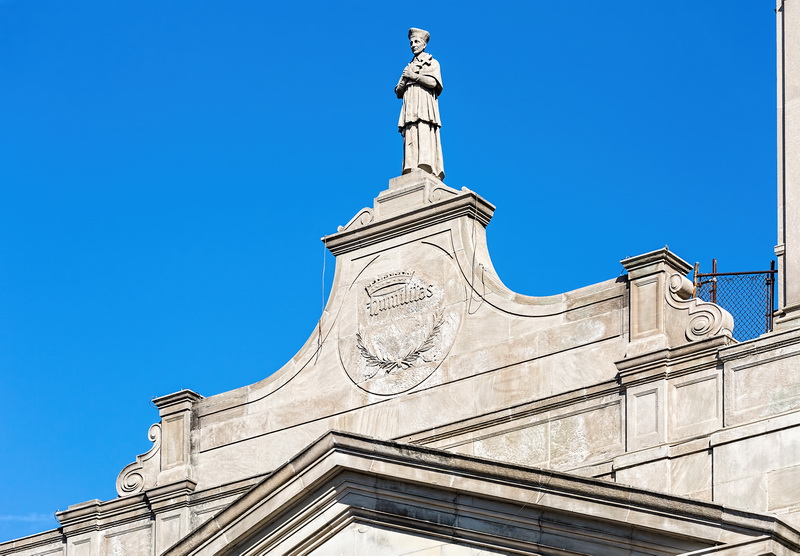Work In Progress: This neighborhood gallery is not yet complete.
The East Village was once among New York’s most prestigious residential neighborhoods, with elegant architecture in classical styles. In the mid-1800s wealthy New Yorkers moved “uptown” and waves of immigrants moved in. Pieces of Germany, Eastern Europe, and much later Latin America all became part of the Lower East Side tenement tapestry.
More than 30 individual landmarks and four historic districts earned protection of The NYC Landmarks Preservation Commission. The top 12 are referenced below. The NYC Landmarks Map is highly recommended!
One of the most important landmarks anchors the northwest corner of the district: The Cooper Union Foundation Building. This building was the first to use rolled iron “I” beams, so essential to development of skyscrapers. The building also contained an elevator shaft – even before passenger elevators were available. Additionally, this is where then-candidate Abraham Lincoln gave an address that catapulted him to the nomination and the Presidency.
The photos here are just a sampling of the most picturesque buildings.
East Village Recommended Reading
- Wikipedia entry
- NYC Landmarks Preservation Commission designation report (East Village/Lower East Side Historic District)
- NYC Landmarks Preservation Commission designation report (First Houses)
- NYC Landmarks Preservation Commission designation report (Marble Cemetery I)
- NYC Landmarks Preservation Commission designation report (Marble Cemetery)
- NYC Landmarks Preservation Commission designation report (Cooper Union Foundation Building)
- NYC Landmarks Preservation Commission designation report (St. Nicholas of Myra Orthodox Church)
- NYC Landmarks Preservation Commission designation report (East 10th Street Historic District)
- NYC Landmarks Preservation Commission designation report (St. Marks In The Bowery)
- NYC Landmarks Preservation Commission designation report (St. Mark’s Historic District)
- NYC Landmarks Preservation Commission designation report (St. Mark’s Historic District Extension)
- NYC Landmarks Preservation Commission designation report (Stuyvesant Polyclinic Hospital)
- NYC Landmarks Preservation Commission designation report (Ottendorfer Branch, New York Public Library)
- NYC Landmarks Preservation Commission designation report (Webster Hall)
East Village Building Photos
◉ = Landmark. This table is sortable and searchable.
| LM | name | # | street | built | architect |
|---|---|---|---|---|---|
| Astor Place IRT Subway Entrance | Astor Place | unknown | |||
| ↗ | 51 | Astor Place | 2013 | Fumihiko Maki | |
| ● | Cooper Union Foundation Building | 50 | Astor Place | 1859 | Frederick A. Peterson |
| 141 | Avenue A | unknown | |||
| ● | First Houses | 29 | Avenue A | 1936 | Frederick L. Ackerman |
| 50 | Avenue B | unknown | |||
| 131 | Avenue B | ||||
| ● | Grace Church | 800 | Broadway | 1846 | James Renwick, Jr. |
| The Standard, East Village | 25 | Cooper Place | 2009 | Carlos Zapata, Perkins Eastman | |
| Cooper Union | 41 | Cooper Square | 2009 | Thom Mayne - Morphosis | |
| 206 | E 10th Street | unknown | |||
| 213 | E 10th Street | unknown | |||
| Dora Park Apartments | 172 | E 10th Street | unknown | ||
| Sarah Powell Huntington House | 347 | E 10th Street | unknown | ||
| ● | 293 | E 10th Street | unknown | ||
| ● | 317 | E 10th Street | 1848 | James C. Whitlock | |
| ● | 329 | E 10th Street | 1853 | ||
| ● | 311 | E 10th Street | 1853 | ||
| ● | St. Nicholas of Myra Orthodox Church | 288 | E 10th Street | 1883 | James Renwick, Jr. |
| ● | Tompkins Square Branch, NY Public Library | 331 | E 10th Street | 1904 | McKim, Mead & White |
| All Saints Ukrainian Orthodox Church | 206 | E 11th Street | 1852 | unknown | |
| ● | Webster Hall | 125 | E 11th Street | 1886 | Charles Rentz |
| ● | St. Marks Rectory | 232 | E 11th Street | 1900 | Ernest Flagg |
| ● | NYC Free Public Bath | 538 | E 11th Street | 1905 | Arnold William Brunner |
| 126 | E 12th Street | unknown | |||
| St. Ann's Church | 120 | E 12th Street | 1847 | unknown | |
| ● | Elizabeth Home for Girls | 307 | E 12th Street | 1892 | Calvert Vaux |
| 151 | E 3rd Street | ||||
| 141 | E 3rd Street | ||||
| Most Holy Redeemer Church | 165 | E 3rd Street | |||
| 246 | E 4th Street | unknown | |||
| 235 | E 4th Street | ||||
| ● | Merchant House Museum | 29 | E 4th Street | 1832 | unknown |
| 542 | E 5th Street | ||||
| 545 | E 5th Street | ||||
| ● | 226 | E 6th Street | 1890 | Jobst Hoffman | |
| ● | 228 | E 6th Street | 1890 | Jobst Hoffman | |
| ● | Tompkin Square Lodging House | 295 | E 8th Street | 1887 | Calvert Vaux |
| 206 | E 9th Street | unknown | |||
| True North | 127 | Fourth Avenue | unknown | ||
| U.S. Post Office - Cooper Station | 93 | Fourth Avenue | unknown | ||
| ● | Grace Memorial | 94 | Fourth Avenue | 1883 | James Renwick, Jr. |
| 141 | Second Avenue | unknown | |||
| 144 | Second Avenue | unknown | |||
| 145 | Second Avenue | unknown | |||
| 151 | Second Avenue | unknown | |||
| 159 | Second Avenue | unknown | |||
| 166 | Second Avenue | unknown | |||
| 170 | Second Avenue | unknown | |||
| 12th Street Ale House | 192 | Second Avenue | |||
| ● | St. Mark's in the Bowery Church | 165 | Second Avenue | 1799 | Ithiel Towne, unknown |
| ● | 101 | Second Avenue | 1880 | Julius Boekell | |
| ● | Ottendorfer Branch, NY Public Library | 135 | Second Avenue | 1884 | William Schickel |
| ● | Stuyvesant Polyclinic Hospital | 137 | Second Avenue | 1884 | William Schickel |
| ● | 71 | Second Avenue | 1886 | Adam Munch | |
| ● | 69 | Second Avenue | 1887 | Julius Kastner | |
| ● | 77 | Second Avenue | 1903 | George F. Pelham | |
| ● | 97 | Second Avenue | 1903 | Sass & Smallheiser | |
| ● | 65 | Second Avenue | 1926 | Charles B. Meyers | |
| ● | 105 | Second Avenue | 1926 | Harrison Wiseman | |
| ● | Village East | 189 | Second Avenue | 1926 | Harrison G. Wiseman |
| ● | Saul Birns Building | 111 | Second Avenue | 1928 | Ralph H. Segal |
| 8 | St. Marks Place | unknown | |||
| 10 | St. Marks Place | unknown | |||
| 32 | St. Marks Place | unknown | |||
| ● | Daniel Leroy House | 20 | St. Marks Place | 1832 | unknown |
| ● | German-American Shooting Society Clubhouse | 12 | St. Marks Place | 1889 | William C. Frohne |
| Barney Building - NYU | 28 | Stuyvesant Street | 1896 | unknown | |
| ● | Nicholas and Elizabeth Stuyvesant Fish House | 21 | Stuyvesant Street | 1804 | unknown |
| 110 | Third Avenue |




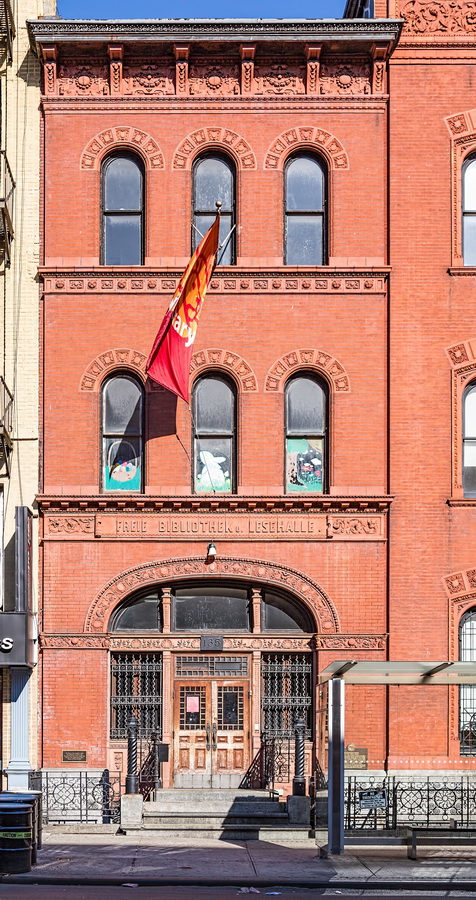
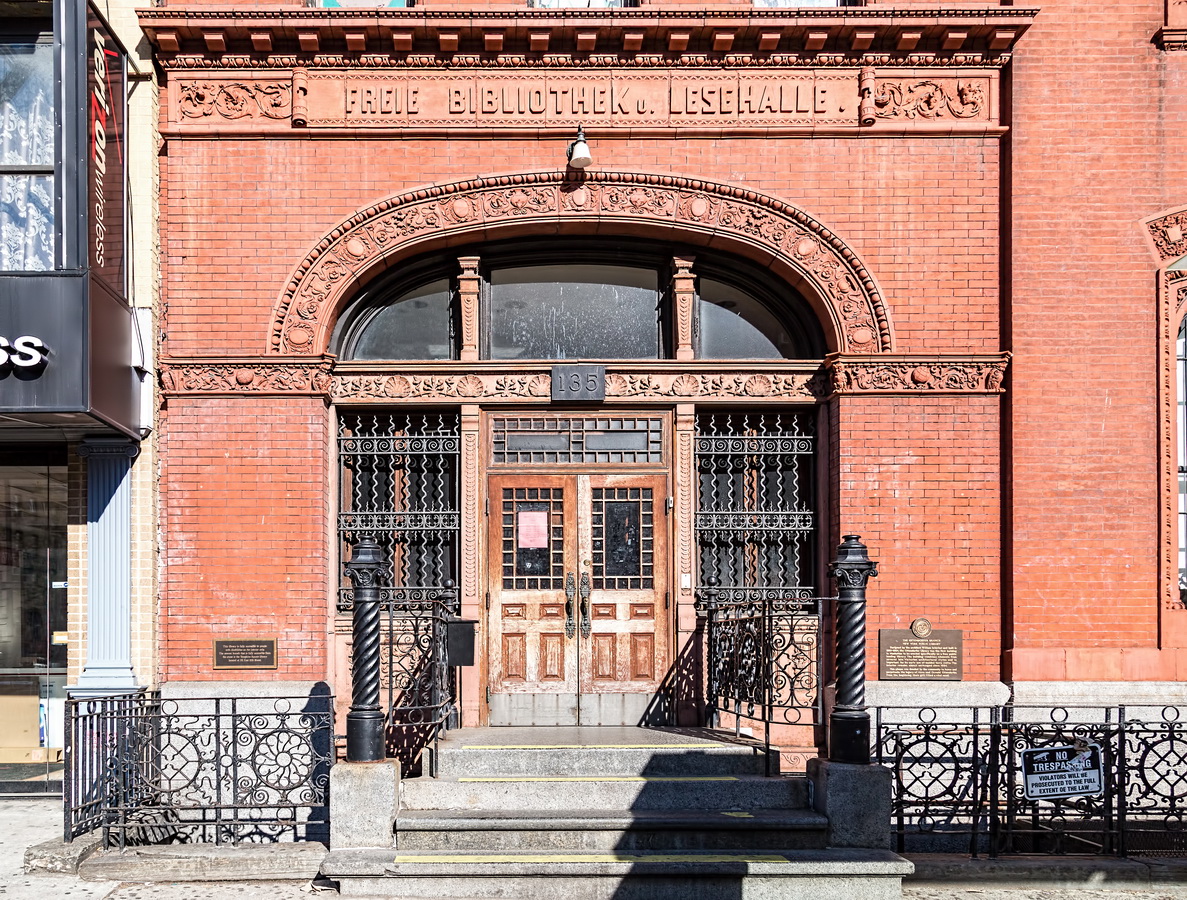
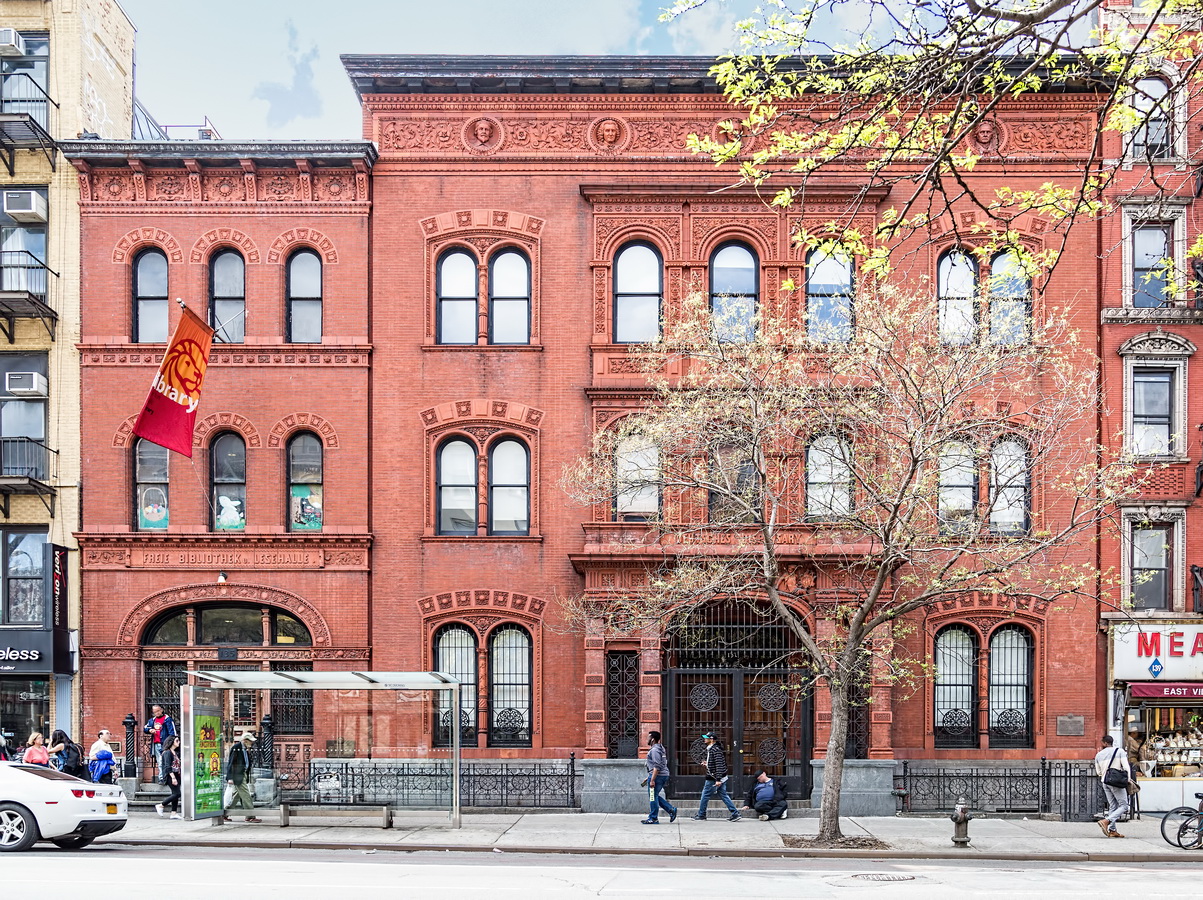














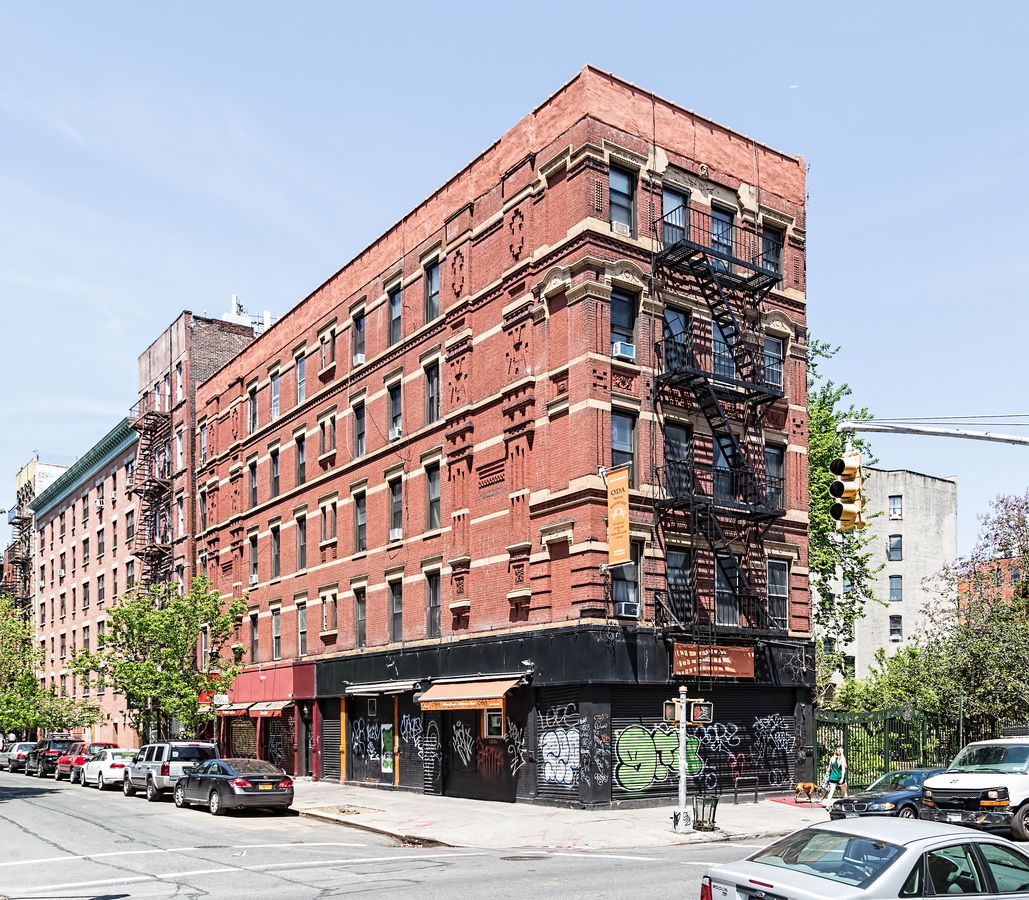











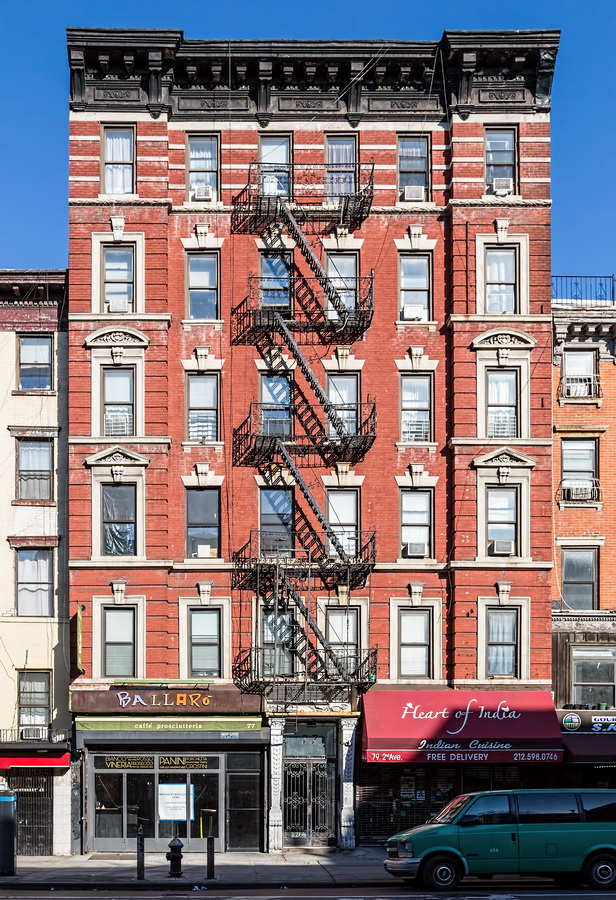

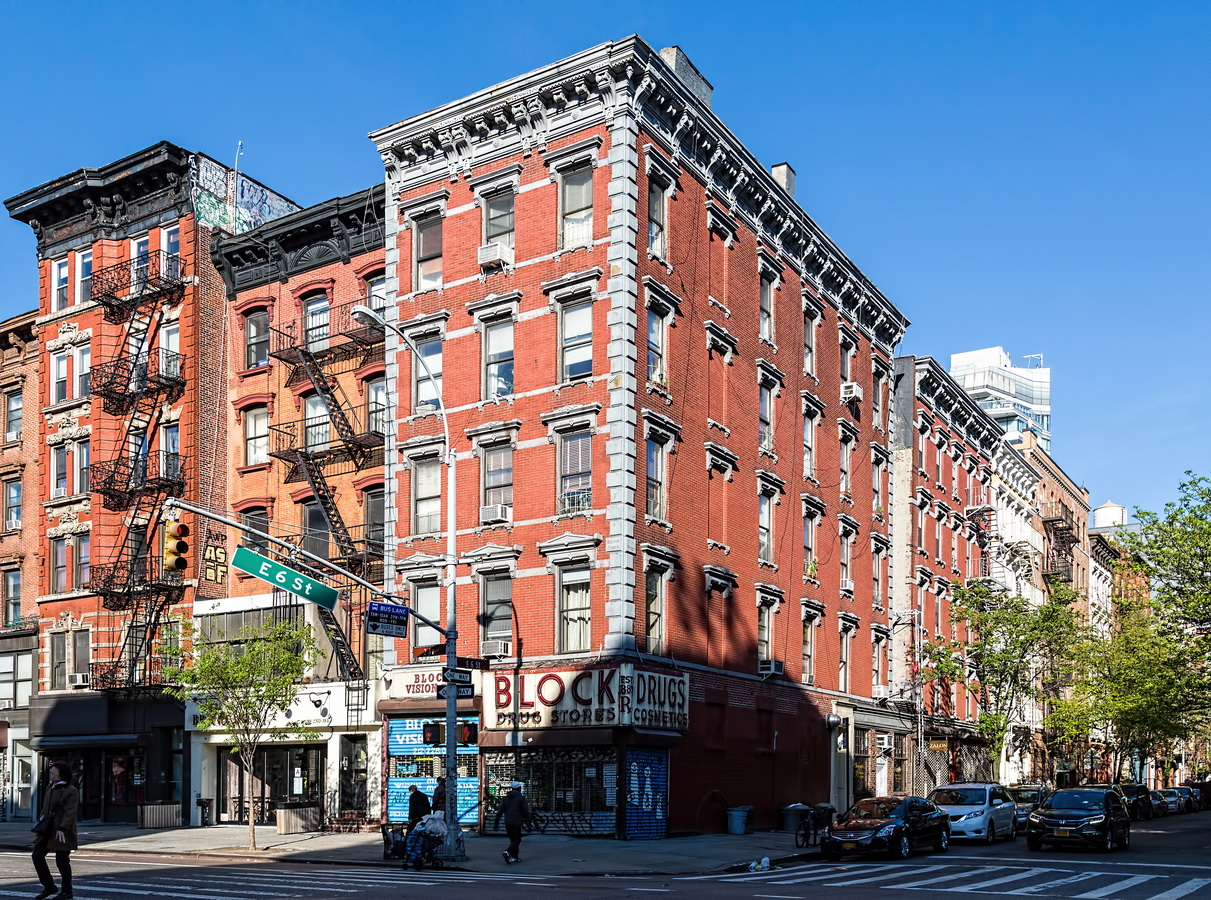
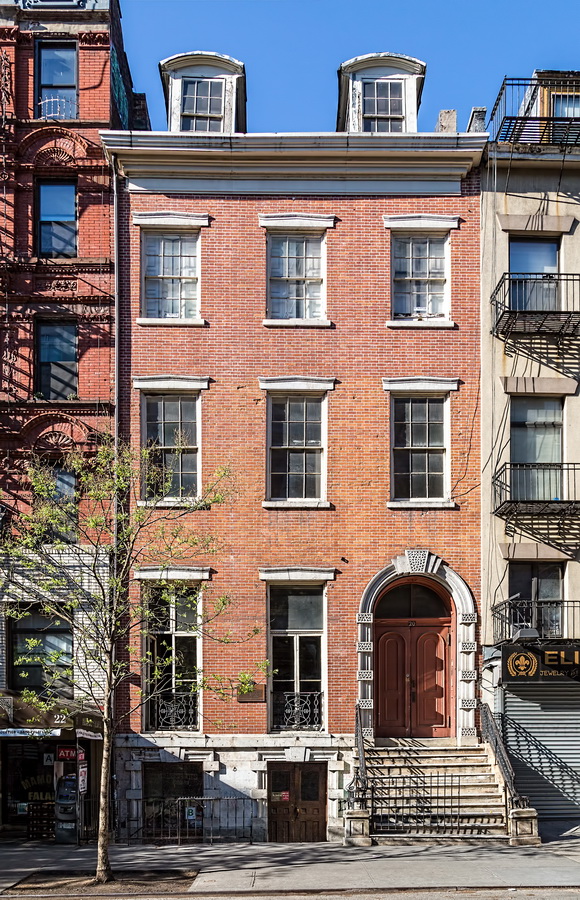

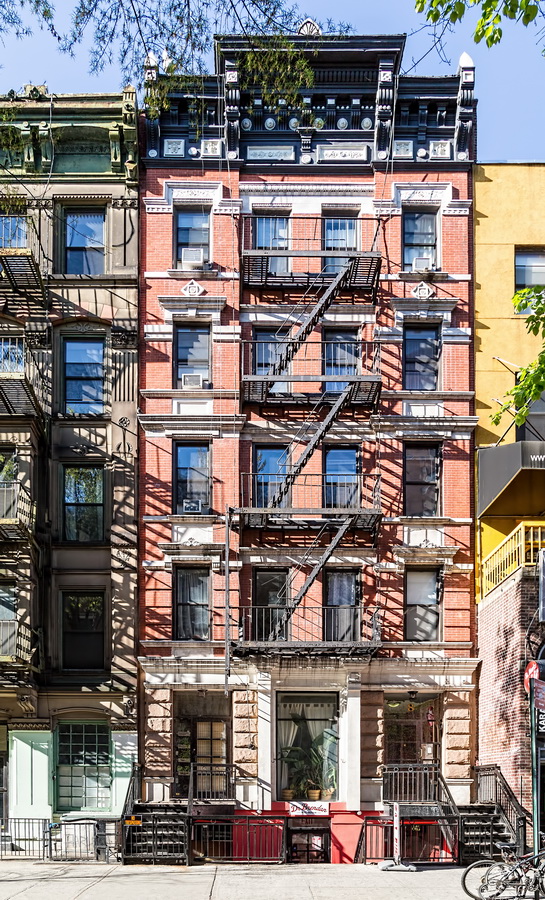













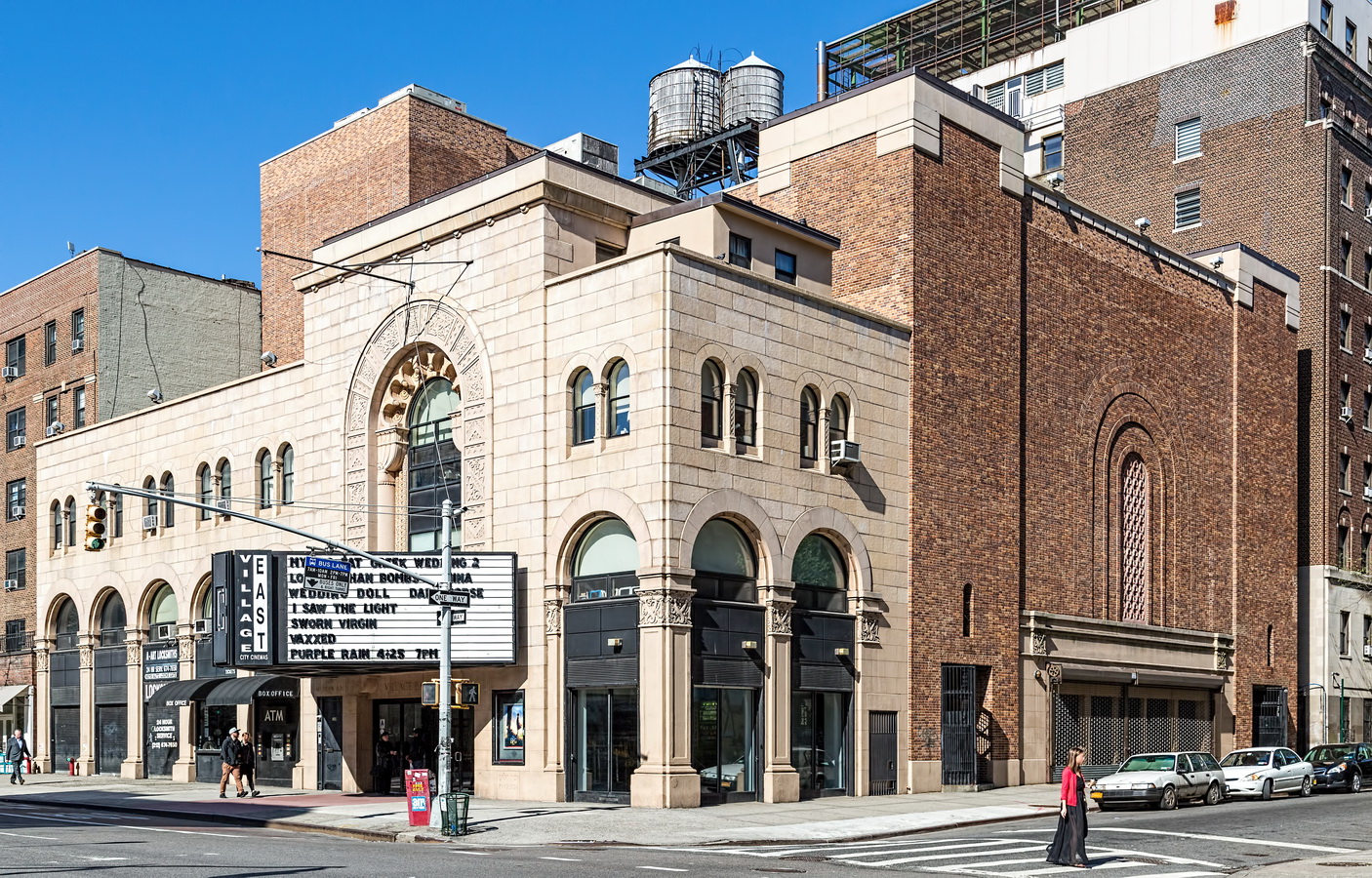





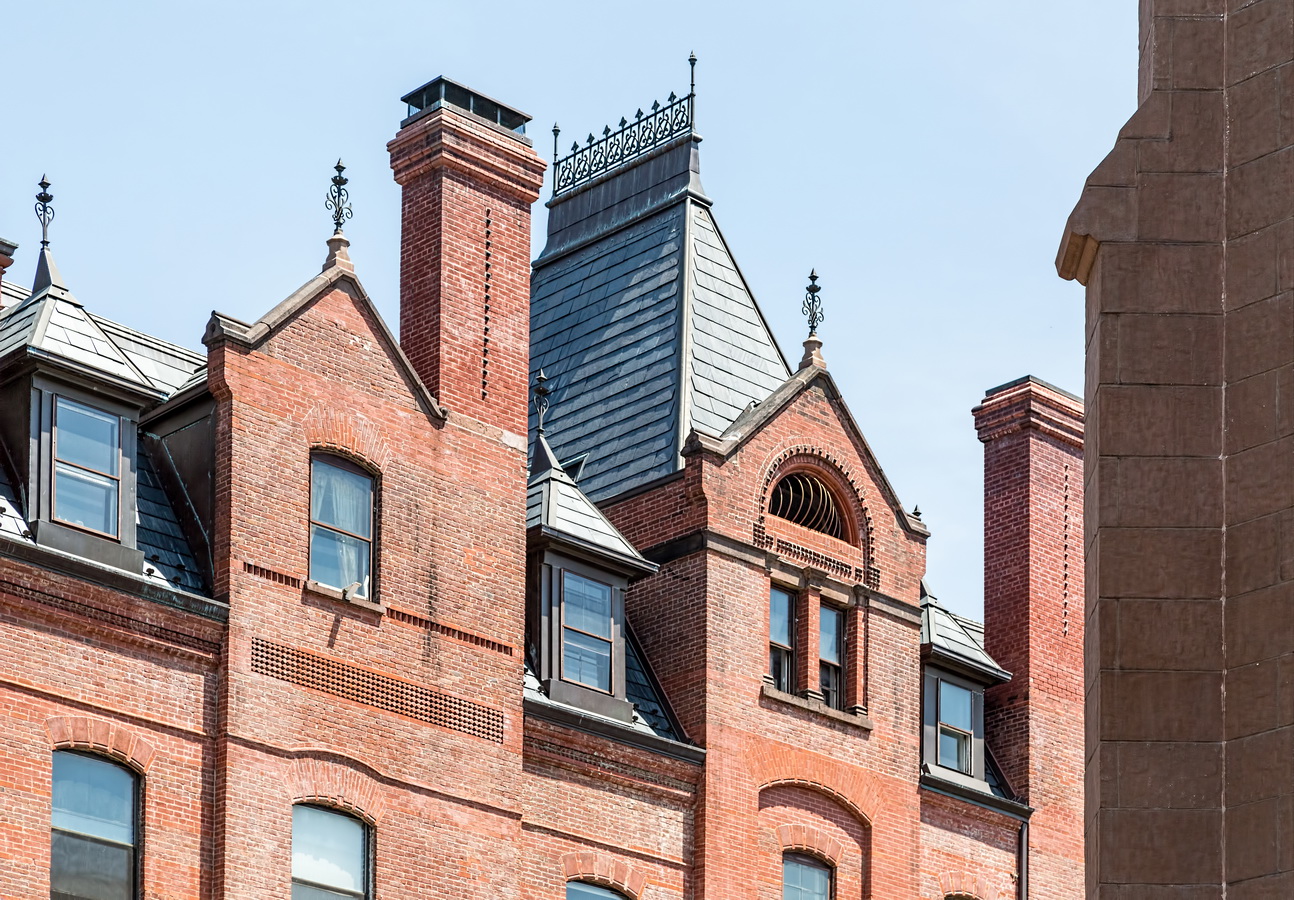


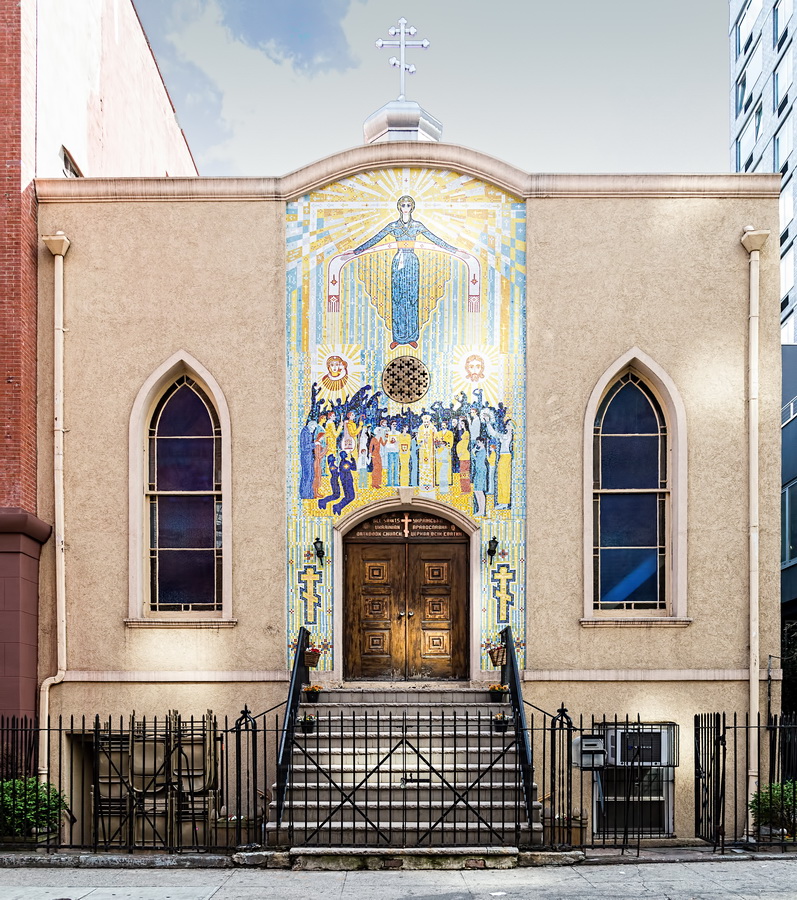







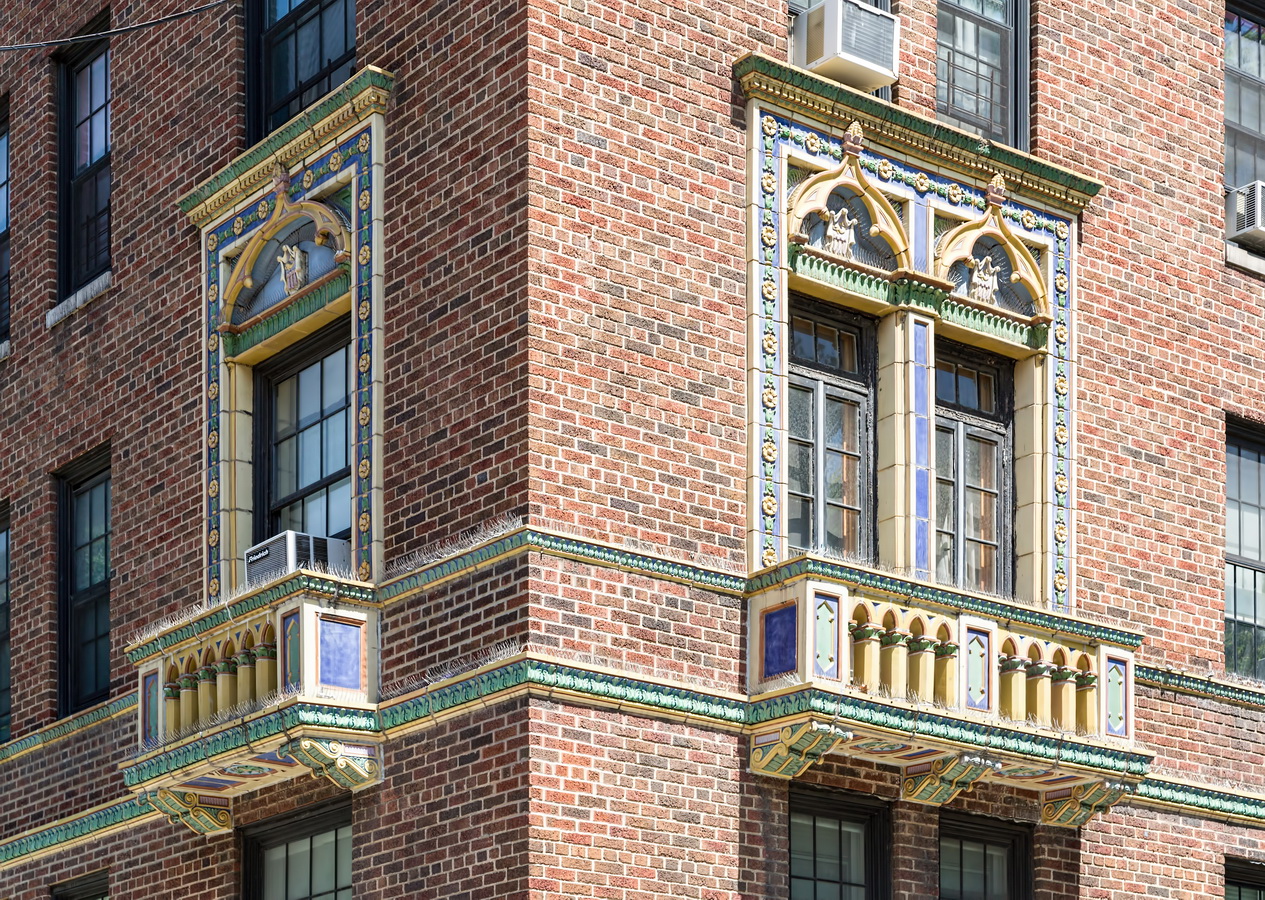












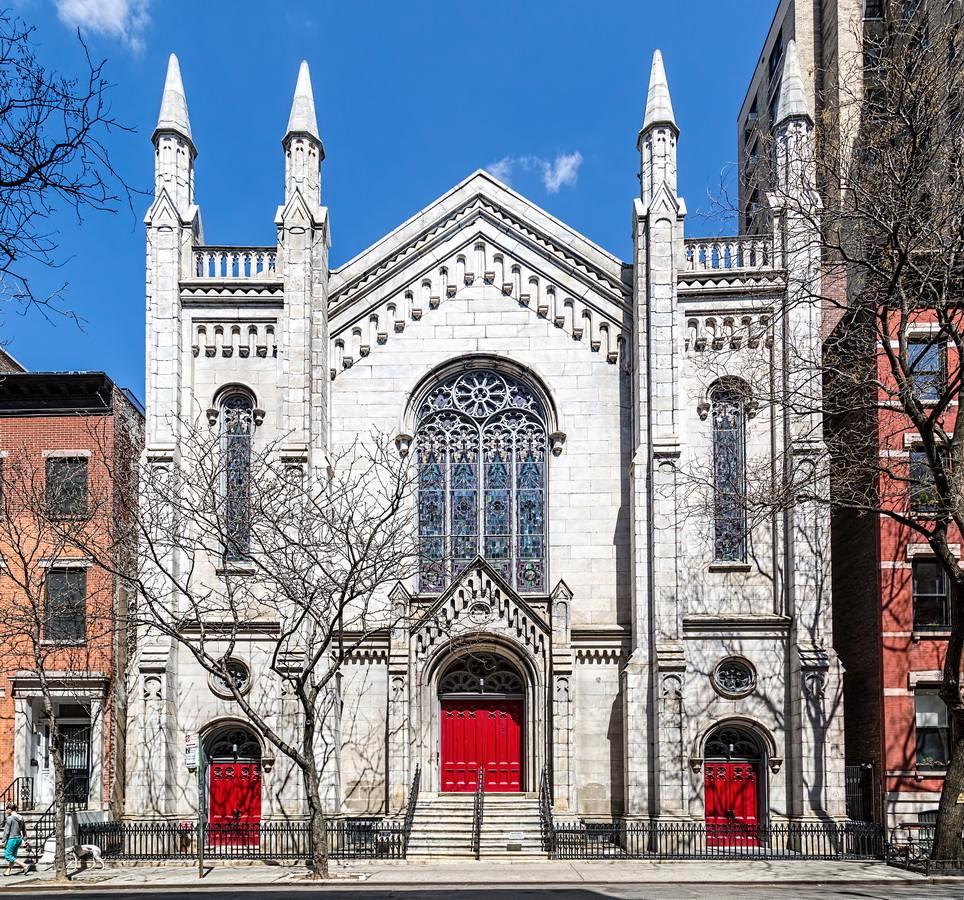


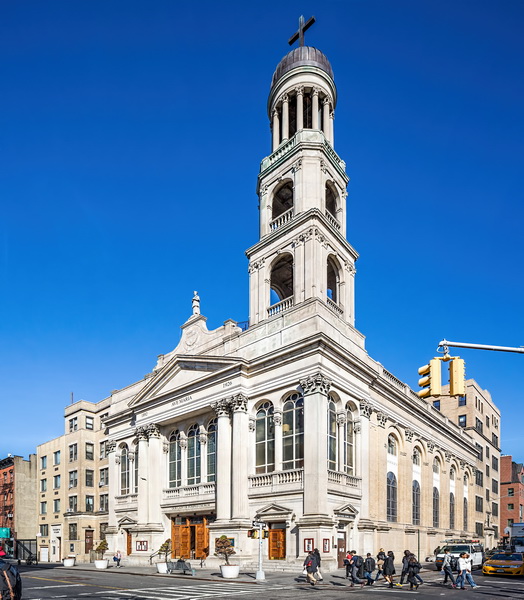








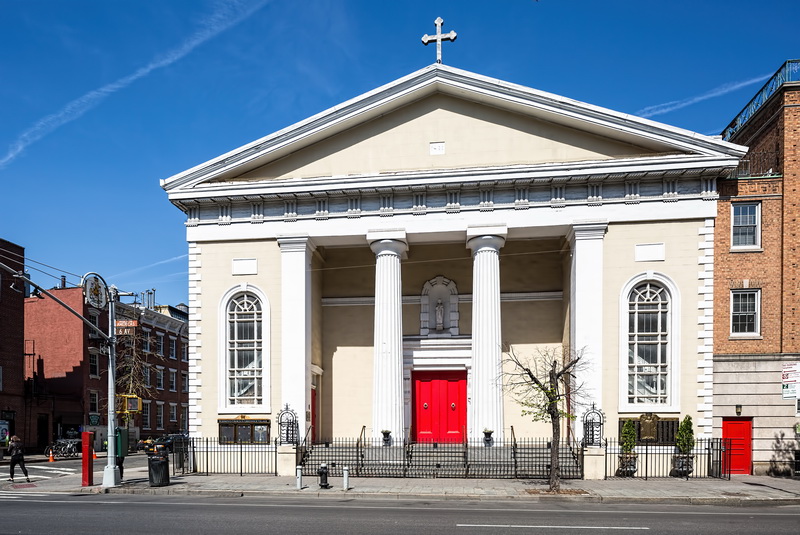
























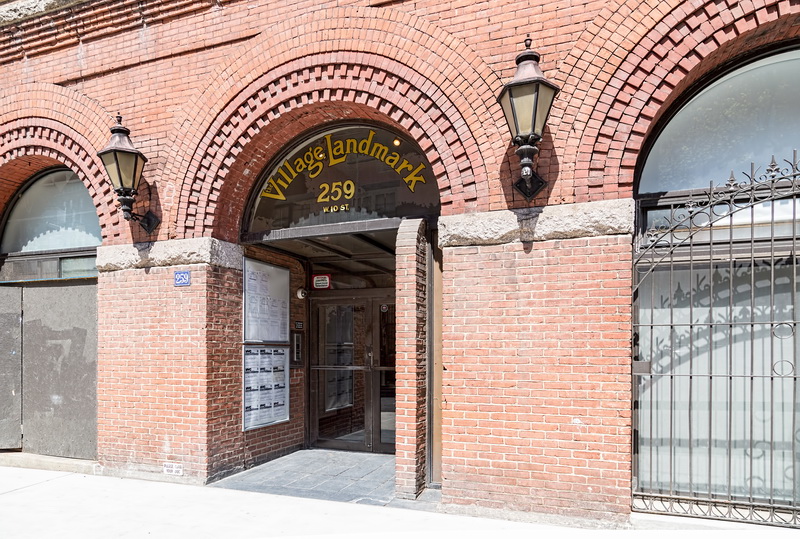

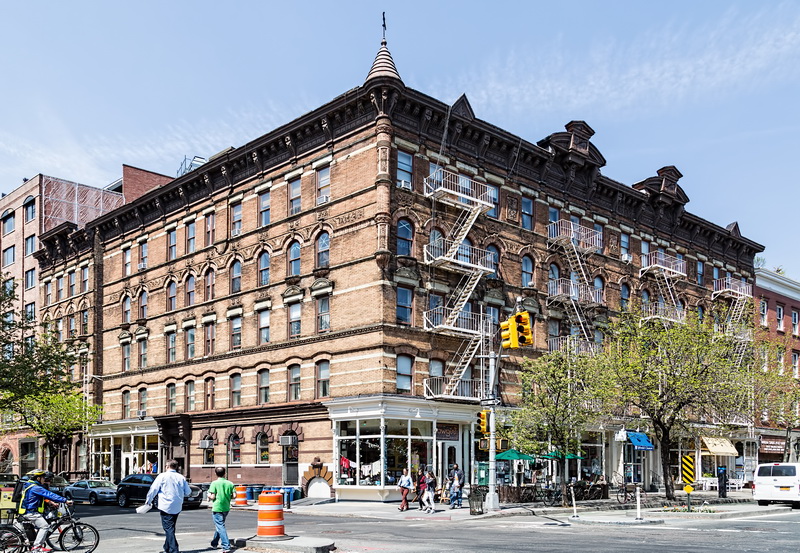

















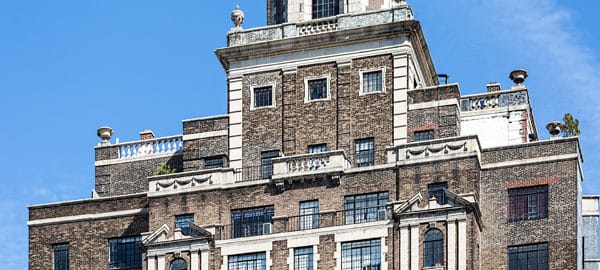
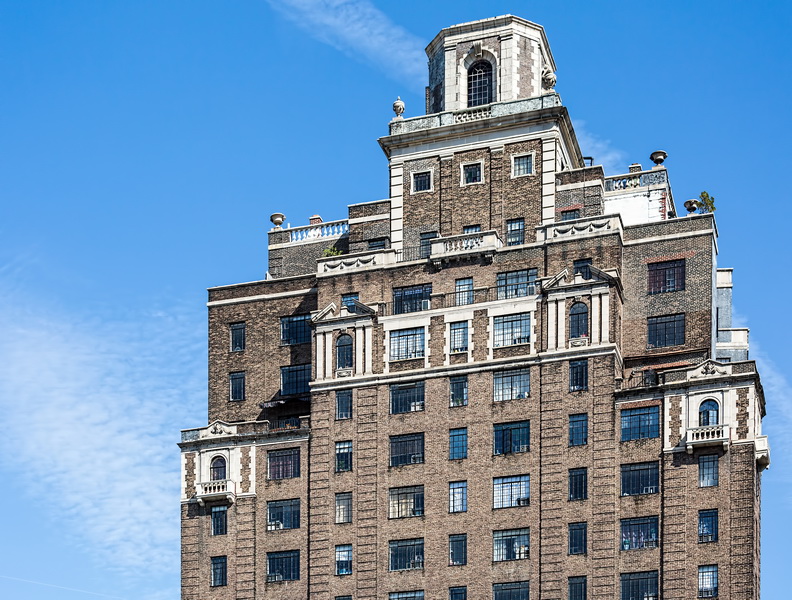


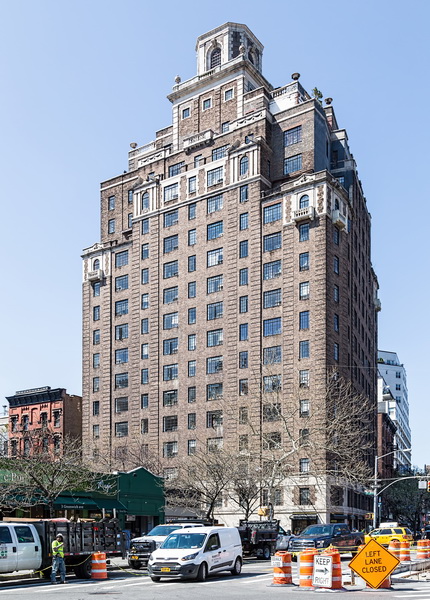
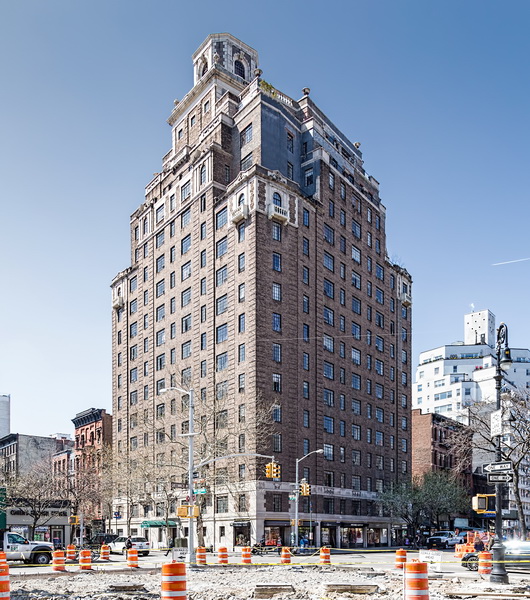



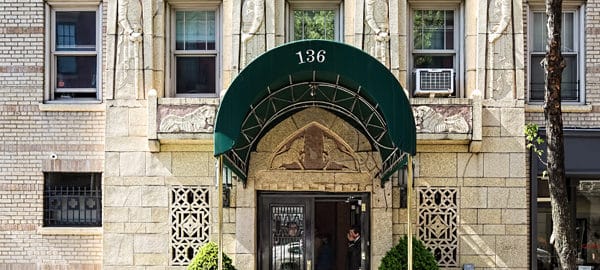






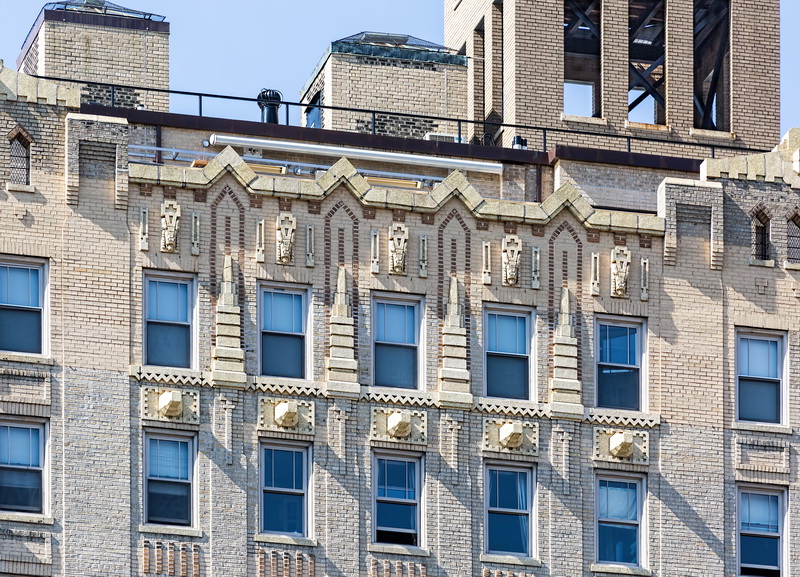



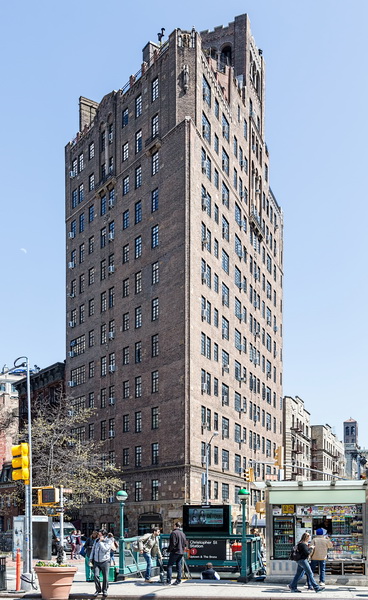
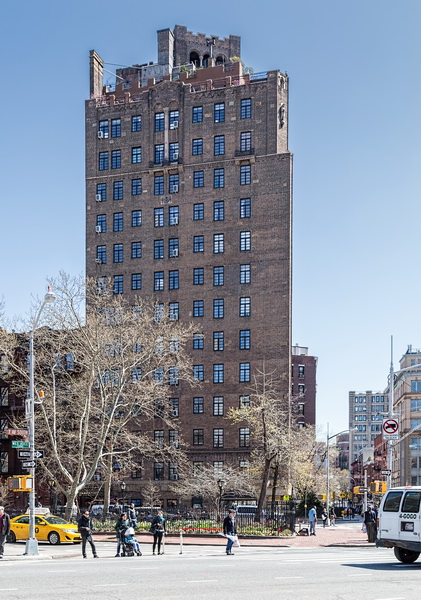








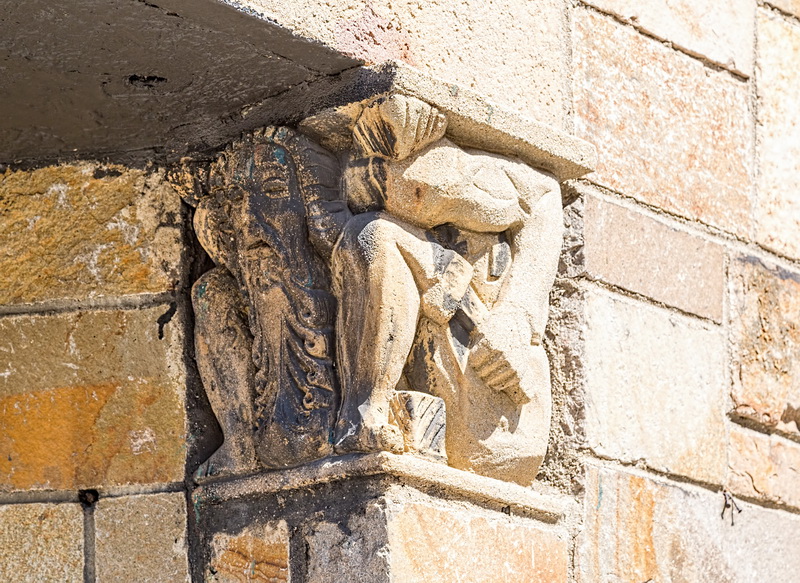

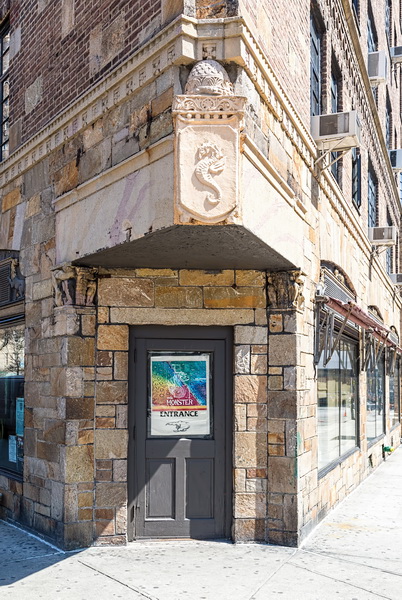







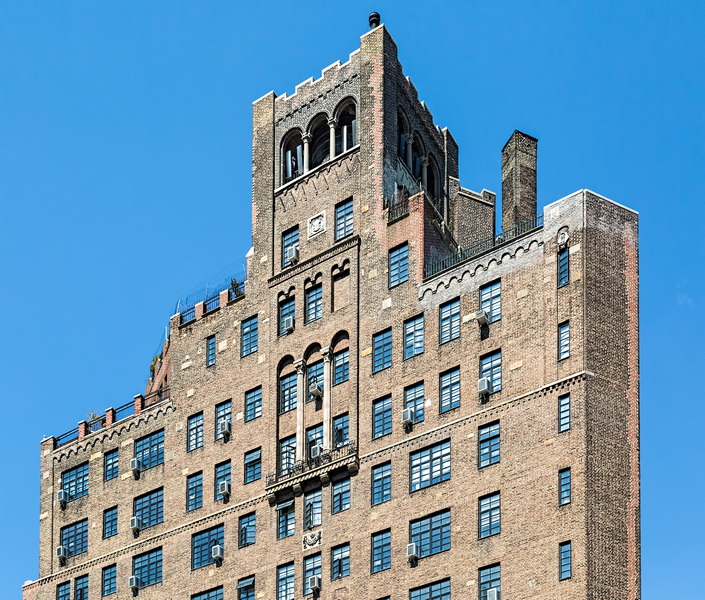

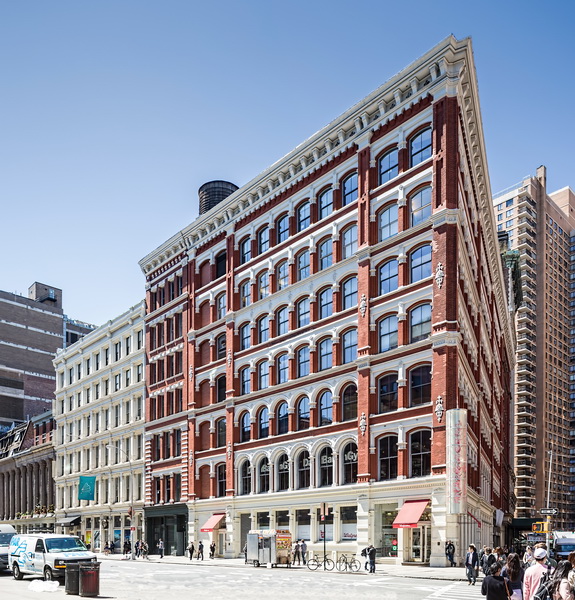

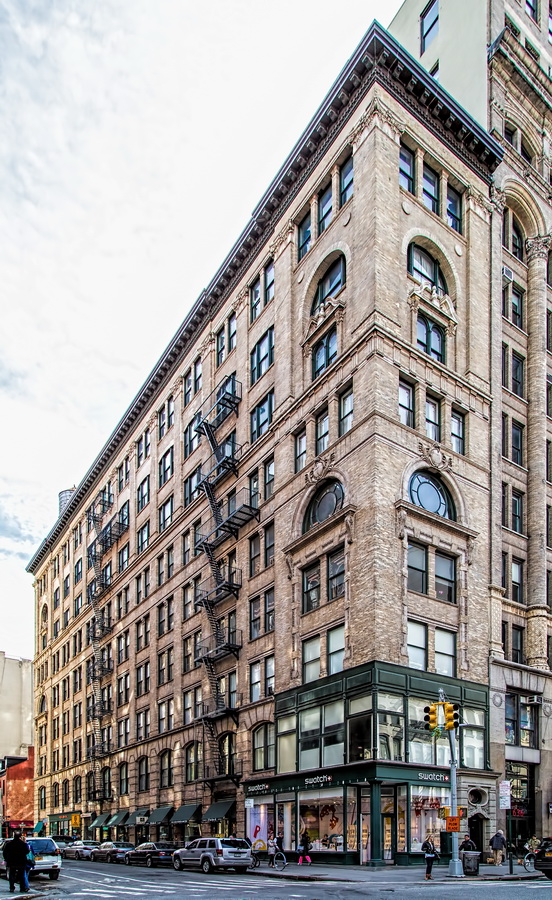




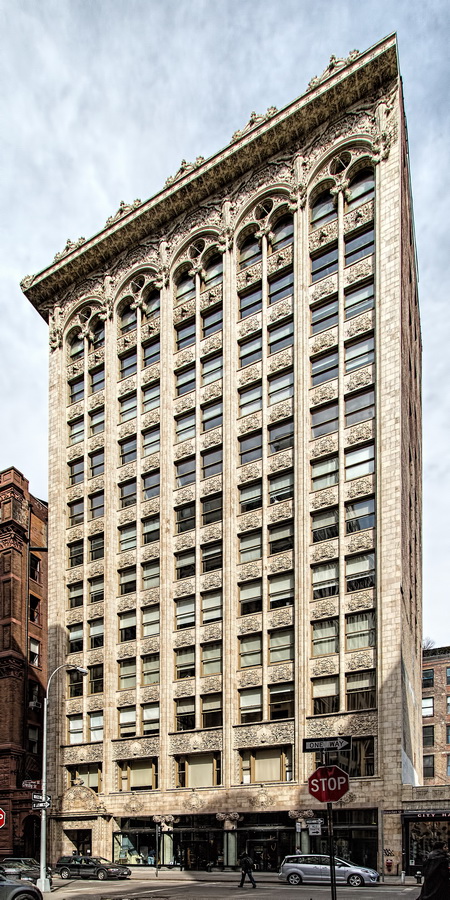



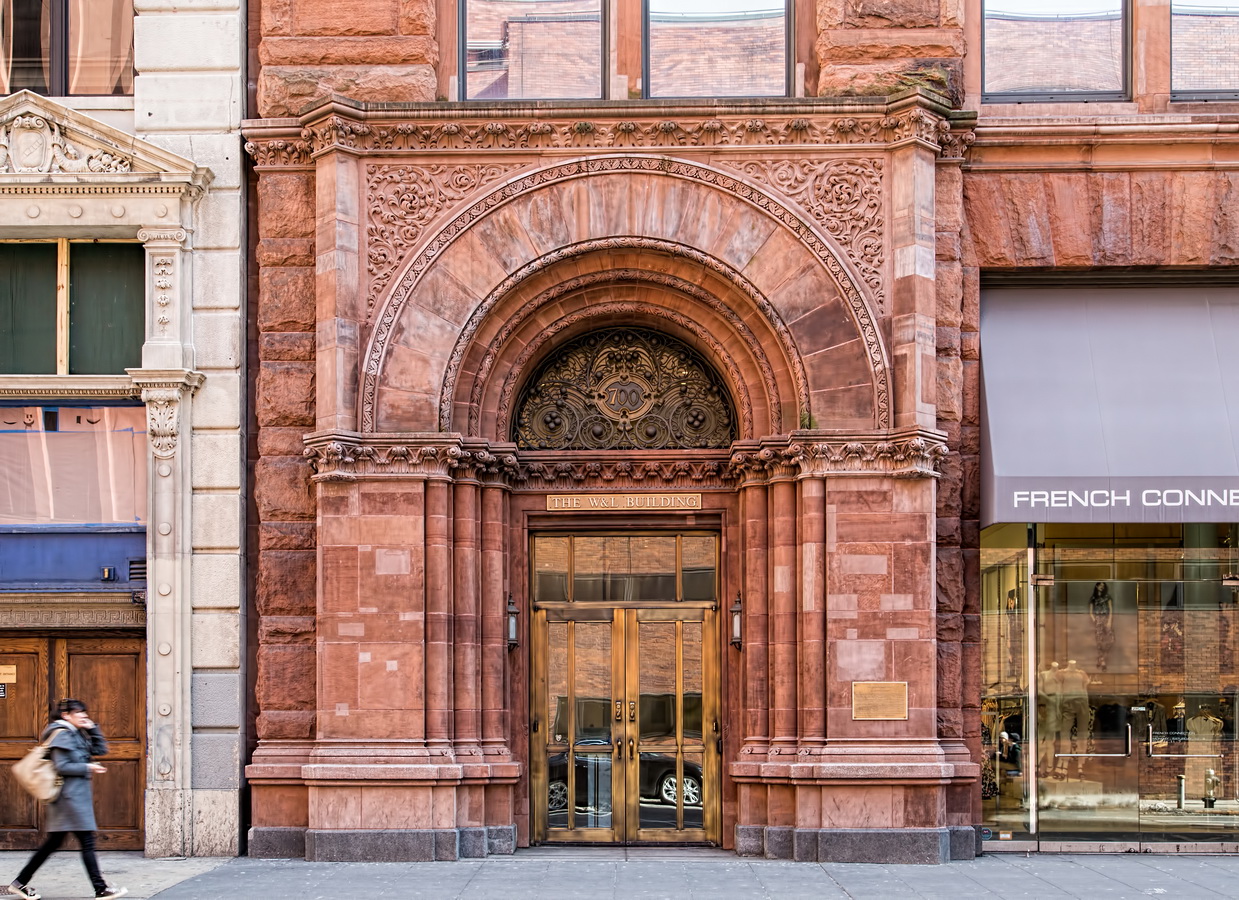


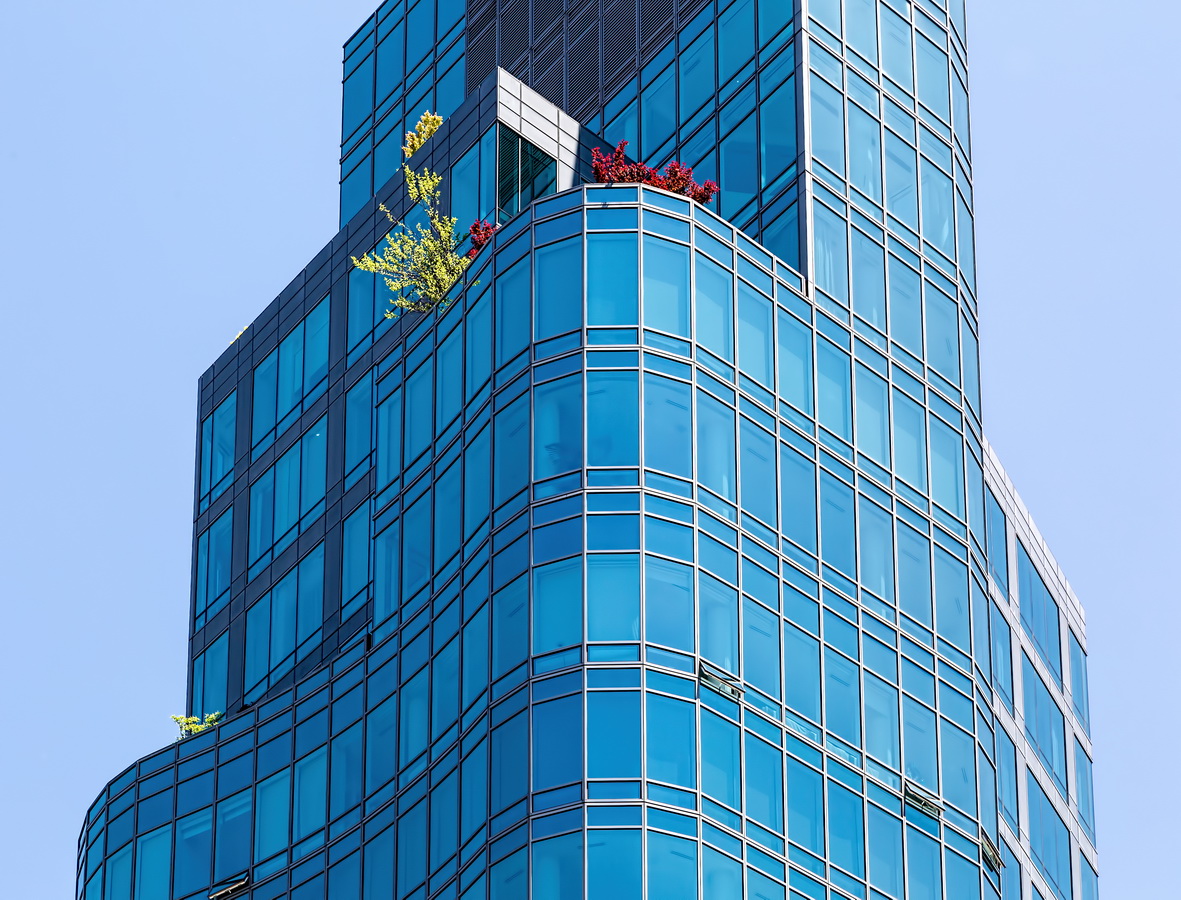
![IMG_09760_1_2Adjust [2/18/2012 1:15:25 PM] IMG_09760_1_2Adjust [2/18/2012 1:15:25 PM]](https://www.newyorkitecture.com/wp-content/gallery/NoHo/img_09760_1_2adjust.jpg)

